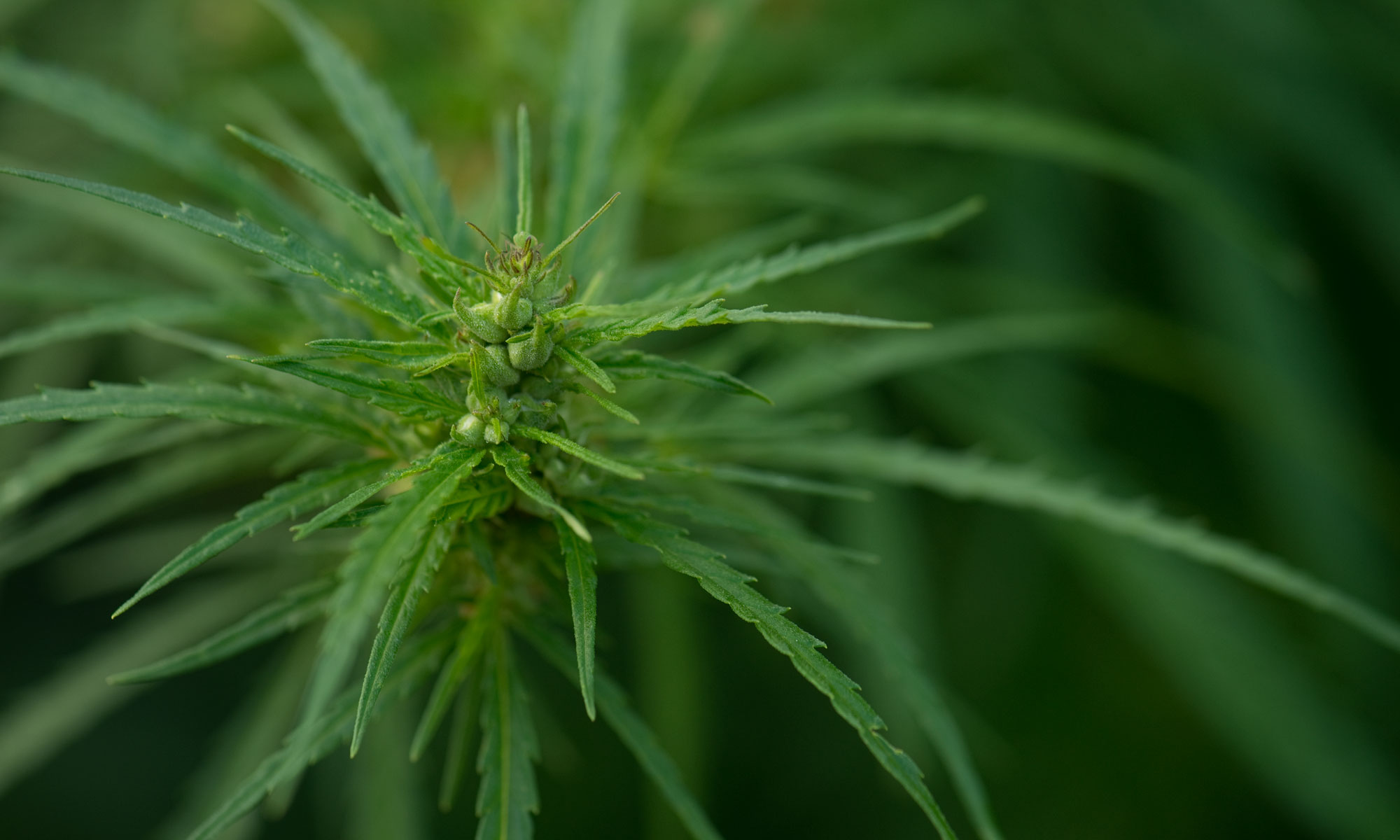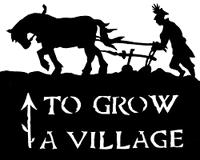Innovating with industrial hemp to boost economic development in Poland’s rural areas
Poland’s rural areas are destined for slow growth or a slow downward spiral based on current conditions. Local economic development can only be driven by innovative, well-conceived local initiatives that bind farmers together, and merge farming and manufacturing processes to produce products that can be sold across Europe. Such development can go a long way to reversing the negative economics of Polish villages and towns.
To Grow a Village is a public-private project for rural economic development working in concert with local government, relevant Polish national ministries and regulators, entrepreneurs and investors.
We believe growing industrial hemp and the development of low-level local hemp processing and manufacturing facilities holds great potential to expand the economies of Poland’s rural villages, towns and counties, which suffer the lingering after-effects of socialist policies imposed during the post-WWII period to 1989.
While 97% of Polish farms are now in private hands, fully half are held by Polish farmers who work small subsistence-level plots on a “from my field to my table” basis – with very little outside commercial activity.
Poland Agriculture Facts
- Agricultural land represents 17.2 of 31.3 million hectares total land
- 2 million private farms cover 90% of all agricultural land
- The average farm size is 8 hectares
- Large farms (over 15 hectares) account for 9% of all farms
- Large farms occupy 45% of agricultural land
- More than half of the farmers use their land only for subsistence production (small commercial activity)
- The main crops grown in Poland are potatoes, corn, sugar beets and rapeseed
- Poland is the world’s largest producer and exporter of apples
Farm Facts: Villages in Poland
- Slow growth or stagnation
- High unemployment
- The outflow of young people to the cities or abroad
- High rate of alcoholism and other social problems
- High level of education
- Solid administrative and political relationships
- 38.5% of the population lives in rural areas
- National and European funds to support the development (infrastructure, agriculture, tourism, etc.)

